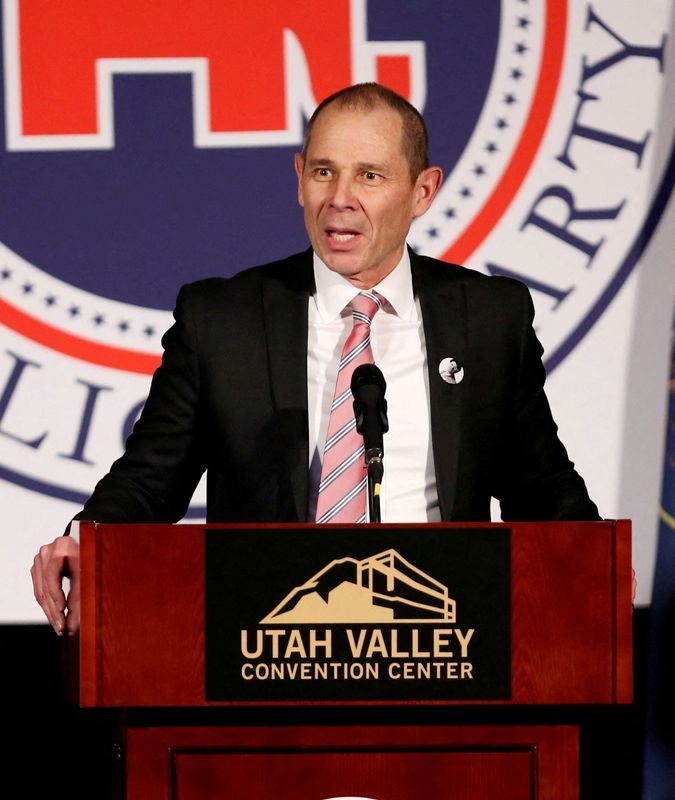Critical Minerals: The Unsung Heroes of Healthcare 🏥✨Did you know that minerals like lithium, cobalt, and rare earth elements are more than just shiny rocks? They’re superheroes for modern healthcare! 🦸♀️⚡ From powering MRI machines to being ingredients in life-saving medicines, these “critical minerals” are the behind-the-scenes stars of the medical world. And now, thanks to the Critical Minerals Act of 2023, they’re getting the spotlight they deserve.
A New Take on an Old Topic 🛠️🔬
For a long time, critical minerals were mostly about energy and defense. Think electric car batteries and military tech. But the pandemic taught us a big lesson: healthcare also depends on these minerals in ways we didn’t fully realize before. Imagine trying to build advanced medical devices or even produce certain medicines without them—it’s like trying to bake a cake without flour. 🍰🚫
This new law, officially called H.R. 6395, changes the game. It says, “Hey, healthcare matters too!” Now, the Secretary of Health and Human Services (that’s the person in charge of healthcare at the federal level) gets a seat at the table when decisions about critical minerals are being made. 🪑📋
Why It Matters: Minerals and Medicine 🏥🧪
Critical minerals are everywhere in the healthcare world:
- MRI Machines 🧲: These lifesaving scanners use rare earth magnets.
- Pacemakers ❤️: Keeping hearts beating with components made from minerals like lithium.
- Pharmaceuticals 💊: Some medicines rely on minerals to work their magic.
As technology grows, so does the demand for these minerals. Without careful planning, we risk running out—or being too dependent on other countries to supply them.
A Bit of History: How Did We Get Here? 🕰️📜
This all started with the Energy Act of 2020, which aimed to make the U.S. better at finding and using its own critical minerals. Back then, most of the focus was on energy and defense, but the pandemic shook things up. Suddenly, we saw how fragile healthcare supply chains could be. That’s when lawmakers realized they needed to fix this gap, and voilà—H.R. 6395 was born. 🌱⚡
What Could Go Wrong? 🤔🌍
Of course, not everyone’s thrilled about the new law. Some folks worry that pushing for more U.S. mining could harm the environment. 🌳 Others think the law doesn’t go far enough to protect the supply chain from disruptions. It’s a tough balancing act: how do we get enough minerals for healthcare without hurting the planet?
The Big Picture 🌍✨
This law isn’t just about healthcare. It’s part of a bigger story about how the U.S. manages its resources and protects national security. By involving healthcare leaders in critical mineral decisions, we’re taking a step toward smarter, more connected policies.
Imagine this: in the future, when you walk into a hospital or pop a pill, you might be benefiting from a better plan for how we handle these minerals. That’s what H.R. 6395 is aiming for.
What’s Next? 🚀🔮
The real test is what happens now. Will the U.S. ramp up mining? Find eco-friendly ways to extract these minerals? Or focus on recycling old tech to get what we need? (Fun fact: your old phone probably has some rare minerals in it! 📱♻️)
The bottom line is this: the Critical Minerals Act of 2023 is a wake-up call. It’s about recognizing how everything—healthcare, national security, and the environment—is connected.
And who knows? Maybe one day, we’ll look back and say, “This was the moment we started doing things smarter.” 🧠💡

